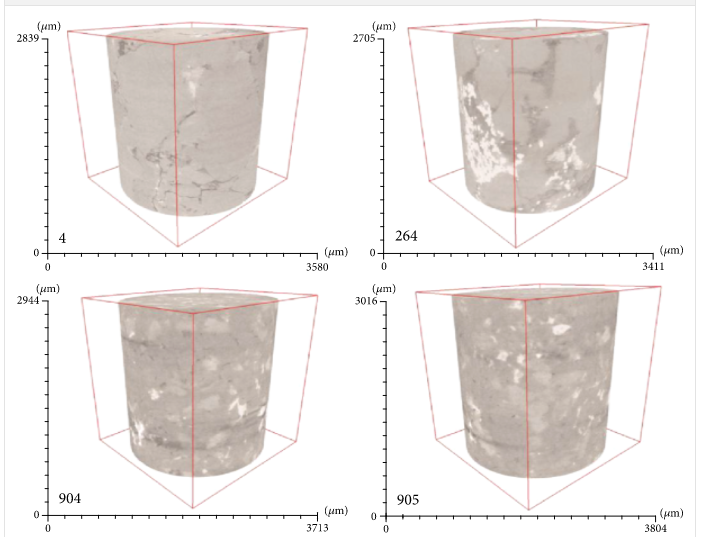Describing the Full Pore Size Distribution of Tight Sandstone and Analyzing the Impact of Clay Type on Pore Size Distribution

Technological advances and energy demands have made tight sandstone reservoirs worth to be exploited. Tight reservoirs are characterized by low porosity and permeability and strong heterogeneity, especially considering the extensive development of nanometer-scale pore throats or the wide-ranging PSD. Previous studies reveal that the PSD and pore-throat structure have a more direct effect on the storage and transport performance of tight sandstone reservoirs than porosity and permeability. Different PSD and pore throat structures have different percolation mechanisms, which control the form, transportation, gathering, and recovery of tight gas and oil. Therefore, research on the pore structure characteristics in tight sandstone reservoirs is necessary.